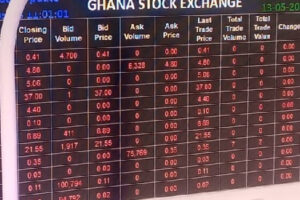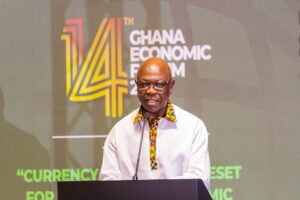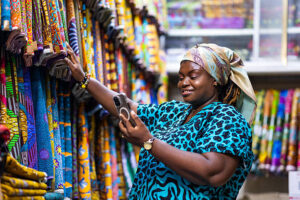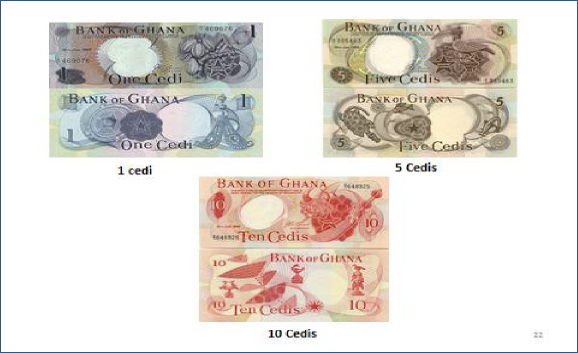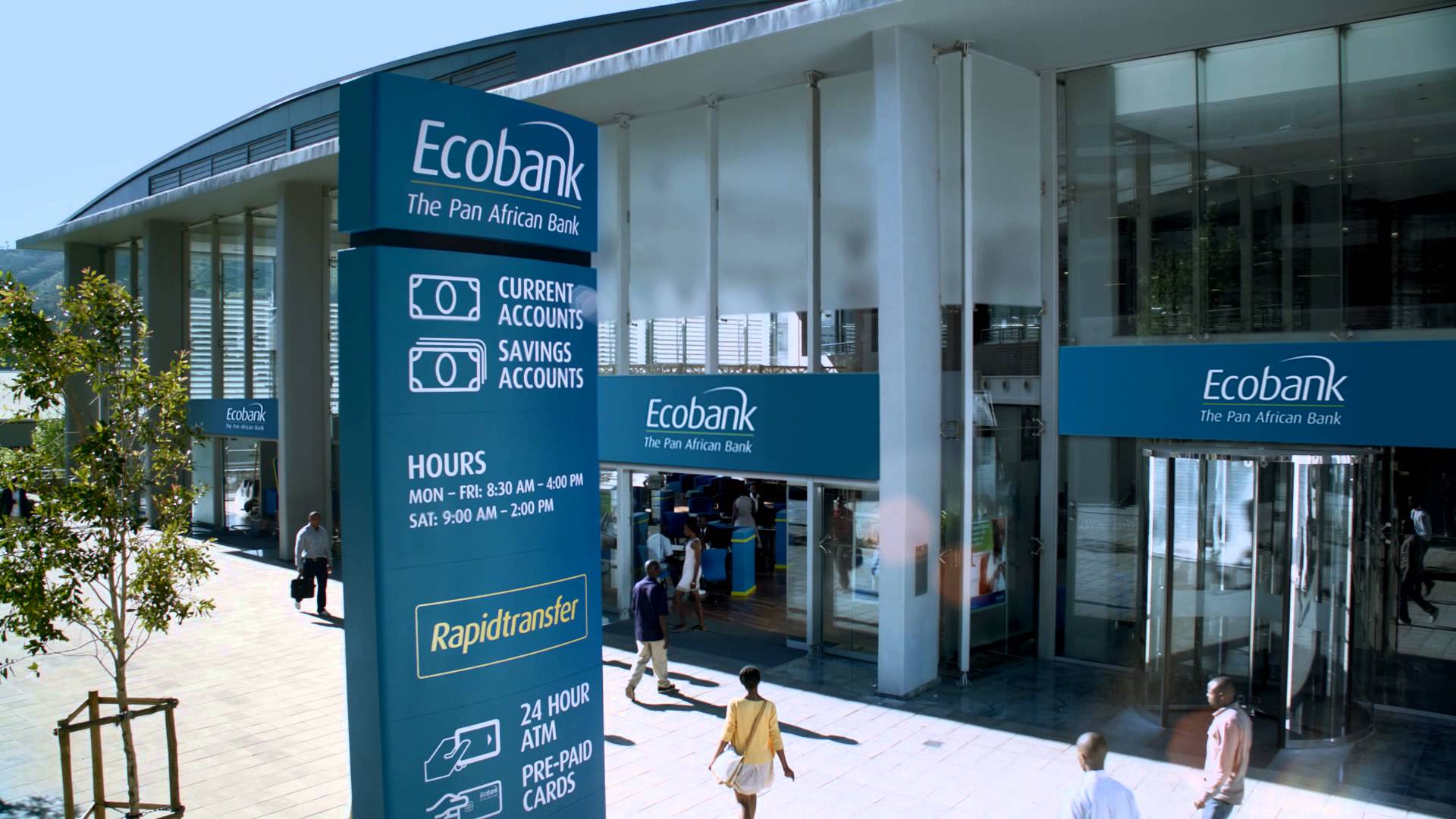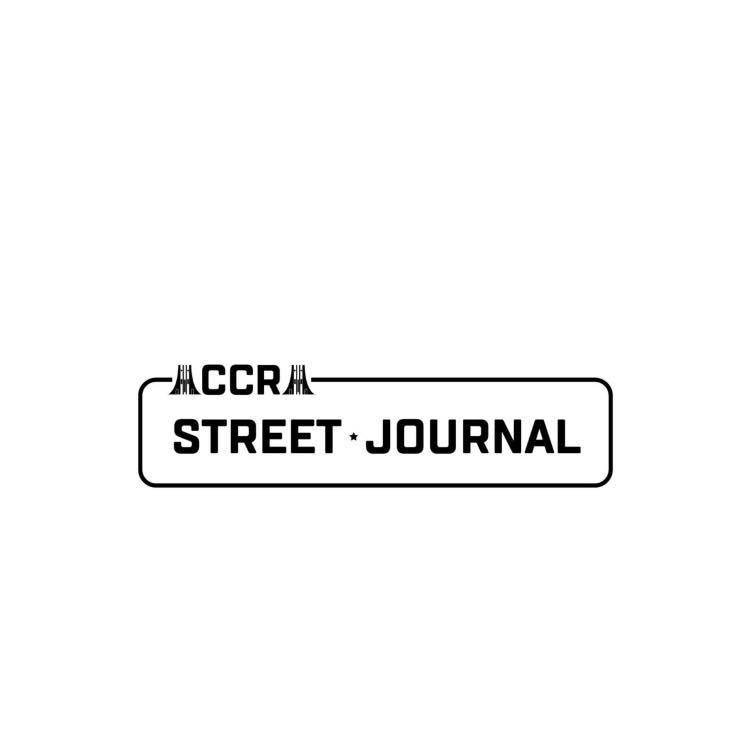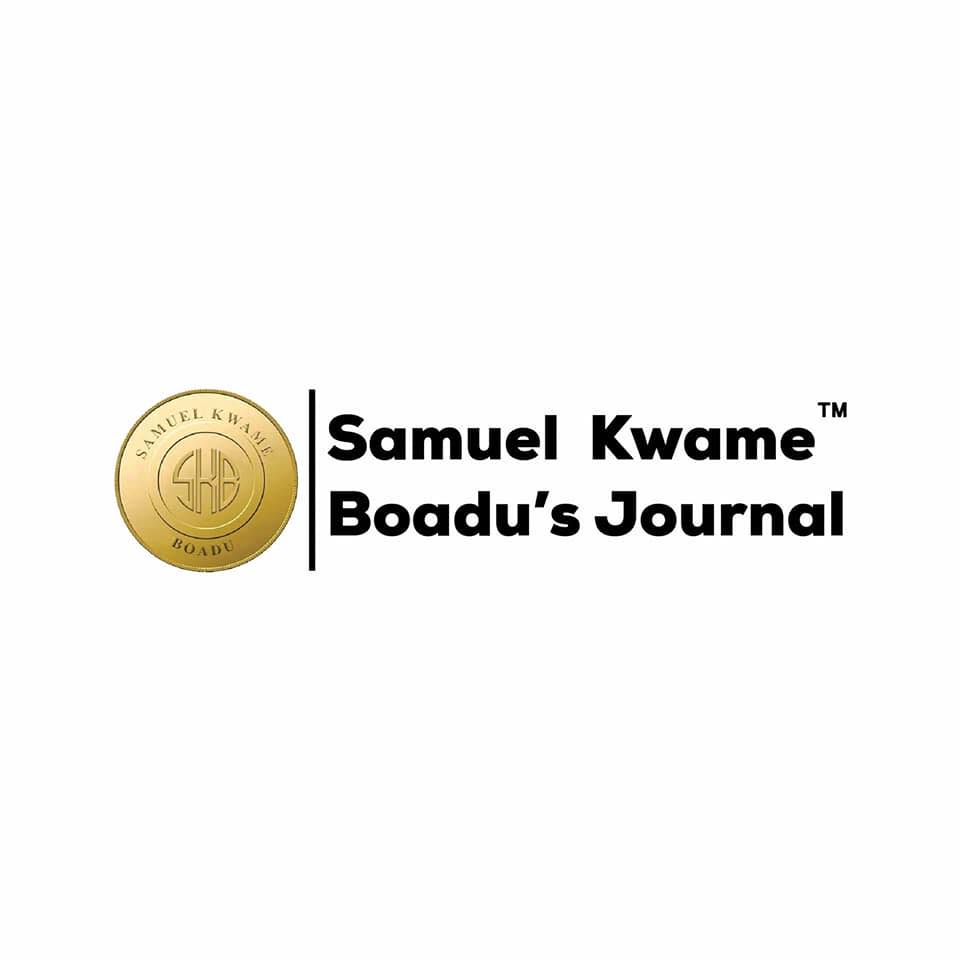From 1958 to 1969, Ghana’s currency served not only as a means of exchange but also as a way to tell the story of its post-independence journey. Featuring national heroes, cultural icons, and scenes of progress and industry, the designs on early banknotes and coins reflected the pride, values, and aspirations of a young nation forging its identity in a decolonized Africa.
GH-1: The Central Bank as National Heart
The first note (GH-1) featured the Bank of Ghana, the freshly minted symbol of Ghana’s economic sovereignty. For a young nation, having its own monetary institution meant more than finance, it meant freedom.
GH-2: Cocoa Pods and Prosperity
Cocoa, Ghana’s golden crop, was immortalized on GH-2 alongside the Bank. It wasn’t just agriculture, it was pride, power, and the promise of global trade rooted in African soil.
📢 GET A DETAILED ARTICLES + JOBS
Join SamBoad's WhatsApp Channel and never miss a post or opportunity.
📲 Join the Channel NowGH-3: Timber, Trade, and Sea Power
GH-3 bore cargo ships and logs, a tribute to Ghana’s forestry industry and its place in global commerce. These images hinted at ambition: Ghana would not only grow but move goods across the world.
GH-4: Confidence in Infrastructure
The Bank of Ghana reappeared on GH-4, but this time to underline continuity and institutional strength. It wasn’t just a building; it was a backbone for the nation’s future.
GH-5–GH-9: The Nkrumah Era in Portrait and Vision
From GH-5 to GH-9, Dr. Kwame Nkrumah’s presence was unmistakable. Each note highlighted a different achievement or ideal:
GH-5: Nkrumah beside the Bank, symbolizing leadership guiding the economy.
GH-6: Nkrumah and Parliament House, democracy and progress in motion.
GH-7: Independence Square, the flame of freedom still burning.
GH-8: Seashore and palms, beauty, leisure, and natural identity.
GH-9: Nkrumah and a hospital, public health and human dignity.
These weren’t just portraits; they were ideologies printed in ink.
GH-11 & GH-12: Art, Culture, and the African Soul
In GH-11 and GH-12, the focus shifted to art, fauna carvings and statuettes. These designs affirmed that Ghana’s culture wasn’t peripheral to development; it was the foundation of its national imagination.
These early banknotes were far more than instruments of trade. In the formative years after independence, they became canvases of national storytelling, each note bearing the weight of Ghana’s aspirations. At a time when the economic infrastructure was still taking shape, the designs spoke directly to the heart of a young republic: unity, pride, productivity, and identity.
Source: The High Street Business
Disclaimer: Some content on The High Street Business may be aggregated, summarized, or edited from third-party sources for informational purposes. Images and media are used under fair use or royalty-free licenses. The High Street Business is a subsidiary of SamBoad Publishing under SamBoad Business Group Ltd, registered in Ghana since 2014.
For concerns or inquiries, please visit our Privacy Policy or Contact Page.


